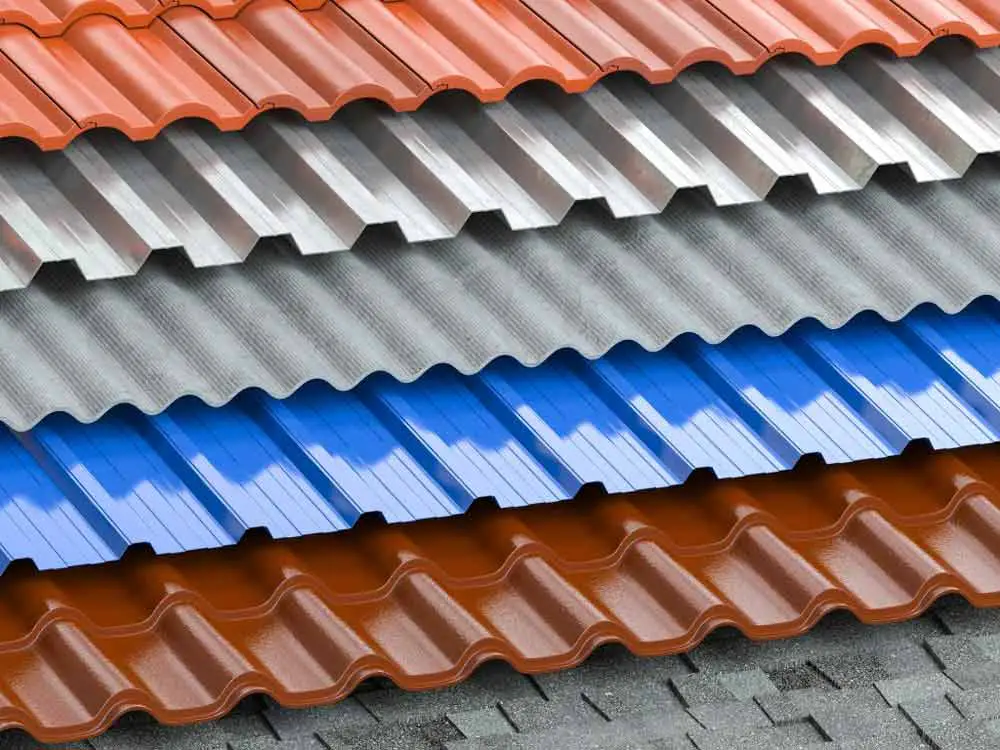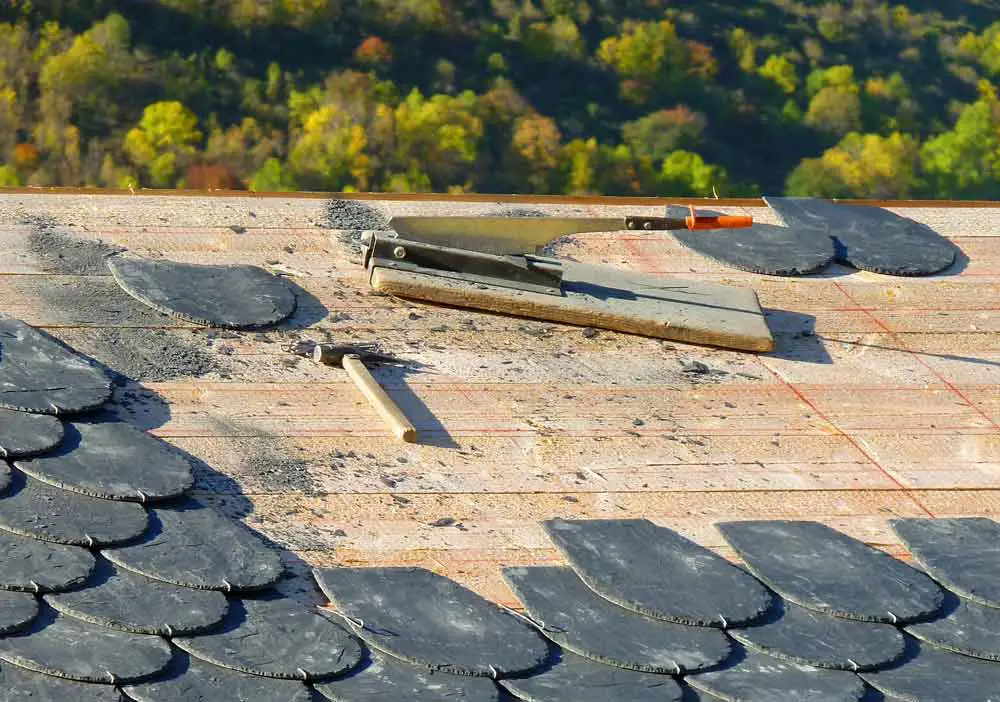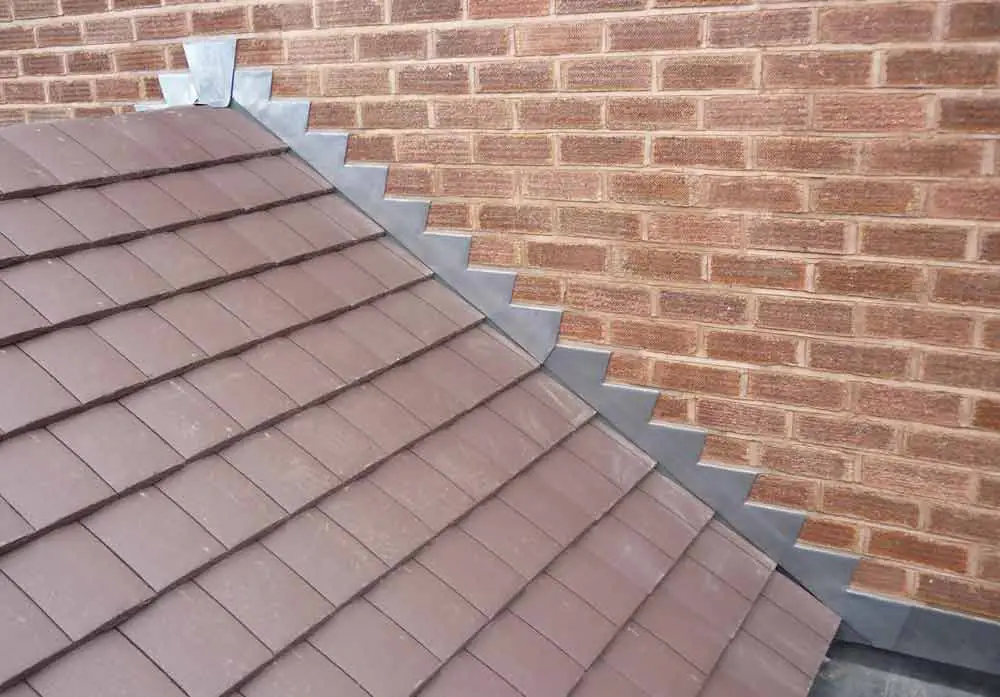When it comes to maintaining your home, a critical aspect is ensuring that the roof is in top condition. A well-constructed roof not only enhances the aesthetic appeal of a entire property but also provides essential protection against the elements.
Understanding the key components and considerations involved in roof construction can equip homeowners with the knowledge needed to make informed decisions. In this guide, I will run through the fundamental aspects of roof construction, from materials and design to maintenance and common issues, to help you safeguard your home effectively.
Choosing the Right Material for Your Roof

Image credit: 100pillars.in
If you're thinking of replacing your entire roof, one of the first decisions you'll need to make is selecting the most appropriate materials. The choice of materials you choose not only affects the durability of the roof but also its look and energy efficiency. Common roofing materials used in roof construction include asphalt shingles, tile, and wood. Each of these options comes with its own set of advantages and drawbacks that you should consider carefully.
Asphalt shingles are among the most popular roofing materials due to their affordability and ease of installation. They offer various styles and colours, making them a versatile choice for different architectural designs. However, they are not as durable as other options and may require more frequent replacements, especially in areas with extreme weather conditions.
Metal roofing is another excellent option for your roof, due to its durability and energy efficiency. It can last up to 50 years or more, making it a solid long-term investment for your home. Metal roofs also reflect sunlight, helping to keep your home cooler in the summer. Although the initial cost is higher compared to asphalt shingles, the longevity and energy savings can offset the upfront expense. Whether it's Encino roofing from TecHero Roofing or that of another company, consulting with a reputable roofing contractor can help you determine the best material for your specific needs. It's essential to consider factors like climate, budget, and desired aesthetics when choosing roofing materials.
Functional and Aesthetic Considerations
The design of your roof is another aspect that impacts both its functionality and appearance. The roof's slope, shape, and architectural style all play a role in its overall performance and curb appeal. For instance, a steeply sloped roof can efficiently shed water and snow, reducing the risk of leaks and structural damage. However, it may also require more materials and labour, increasing construction costs.
Gable roofs are one of the most common designs, characterized by their triangular shape. They are highly efficient at shedding water and snow and offer ample attic space for ventilation. On the downside, gable roofs can be vulnerable to high winds, which may cause issues if you live in a hurricane-prone area.
Flat roofs are another design option, often found in modern and industrial-style homes. While they can provide additional outdoor living space and are easier to construct, they may require more maintenance to prevent water pooling and leaks. Proper sealing and drainage systems are essential to ensure the longevity of flat roofs.
Keeping Your Roof in Top Shape
Regular maintenance is essential to extend the life of your roof and prevent costly repairs. One of the simplest yet most effective maintenance tasks is conducting periodic inspections, especially after severe weather conditions. Look for signs of damage such as missing or curled shingles, rust spots on metal roofs, or water stains on the ceiling inside your home.
Clean your gutters regularly to ensure proper drainage and prevent water from pooling near the roofline. Clogged gutters can lead to water damage and increase the risk of leaks. Additionally, trim any overhanging branches that could damage the roof during storms or allow leaves and debris to accumulate.
Consider scheduling professional roof inspections every few years. Professionals can identify potential issues that may not be visible to the untrained eye, such as hidden leaks or structural weaknesses. Addressing these issues early can prevent more severe damage and extend the life of your roof.
Identifying and Addressing Problems

Image credit: farinaroof.com
Despite your best efforts, roofing issues can still arise. One of the most common problems homeowners face is roof leaks. Leaks can result from various factors, including damaged shingles, improper flashing, or clogged gutters. Identifying the source of the leak early can prevent extensive water damage to your home's interior.
Another common issue is moss and algae growth, particularly in humid climates. Moss and algae can trap moisture against the roof surface, leading to rot and decay over time. Regular cleaning and the use of anti-moss treatments can help keep these growths at bay and preserve the integrity of your roof.
Ice dams are another problem, especially in colder climates. Ice dams form when the heat from your home causes snow on the roof to melt. As the water runs down the roof, it can refreeze at the eaves, forming a dam that prevents proper drainage. This can lead to water backing up and seeping into your home. Proper insulation and ventilation of your attic can minimize the risk of ice dams and protect your roof during winter.
Enhancing Energy Efficiency
Proper insulation is a crucial component of a well-constructed roof, contributing significantly to a home's energy efficiency. By minimizing heat transfer between the interior and exterior, insulation helps maintain a consistent indoor temperature, reducing the demand for heating and cooling systems. This can lead to lower energy bills and a smaller environmental footprint.
Various insulation materials are available, each with its own benefits. Fiberglass, spray foam, and cellulose are among the most common options, each offering different levels of thermal resistance (R-value) and installation methods. Fiberglass is widely used due to its affordability and ease of installation, while spray foam provides a higher R-value and excellent air-sealing properties. Cellulose, often made from recycled materials, offers an eco-friendly alternative.
The effectiveness of insulation is also influenced by proper installation. Gaps, compression, or inadequate coverage can reduce its efficiency, leading to thermal bridging and energy loss. Ensuring that your roof insulation is professionally installed and meets the recommended R-value for your region can maximize energy savings and enhance overall comfort.
Preventing Moisture and Heat Build-Up
Roof ventilation is particularly important for maintaining the integrity and performance of your roofing system. Effective ventilation helps regulate temperature and moisture levels in the attic, preventing issues such as condensation, mold growth, and excessive heat build-up.
A balanced ventilation system typically includes both intake and exhaust vents. Intake vents, often located along the roof's eaves or soffits, allow fresh air to enter the attic. Exhaust vents, such as ridge vents or attic fans, expel warm, moist air from the attic space. This continuous airflow helps keep the attic dry and cool, protecting both the roof structure and the home's interior.
Inadequate ventilation can lead to several problems. Excessive moisture in the attic can cause wood rot, weaken the roof structure, and lead to mold and mildew growth, which can impact indoor air quality. Overheating during summer months can also decrease the lifespan of roofing materials and increase cooling costs. Ensuring proper ventilation design and maintenance is essential for a healthy and long-lasting roof.
Guarding Against Water Intrusion

Image credit: roundhayroofing.co.uk
Flashing is a vital part of any roof construction, designed to direct water away from vulnerable areas such as joints, intersections, and penetrations. Made from materials like galvanized steel, aluminium, or copper, flashing creates a watertight barrier that prevents leaks and protects the underlying structure.
There are various types of flashing, each tailored to specific parts of the roof. Step flashing is commonly used around chimneys and dormers, where the roof meets vertical walls. Valley flashing is installed in roof valleys to channel water away efficiently, while drip edge flashing is placed along the roof's edges to prevent water from seeping underneath the roofing material.
Proper installation and maintenance of flashing are crucial for its effectiveness. Damaged, corroded, or improperly installed flashing can lead to leaks and water damage. Regular inspections and prompt repairs can help maintain the integrity of flashing and prevent costly issues. Consulting a professional for complex flashing installation or repairs is recommended to ensure optimal performance.
Roofing Underlayment
Underneath the visible roofing material lies the underlayment, an essential layer that adds an extra level of protection against water and weathering. Roofing underlayment acts as a secondary barrier, safeguarding the roof deck from potential leaks and moisture damage.
There are different types of underlayment, including asphalt-saturated felt, rubberized asphalt, and synthetic materials. Asphalt-saturated felt, or tar paper has been a traditional choice for many years, offering a balance of affordability and performance. Rubberized asphalt underlayment provides superior waterproofing and durability, ideal for areas prone to extreme weather conditions. Synthetic underlayments, made from polyethylene or polypropylene, offer high tear resistance and ease of installation.
Installing the right underlayment is just as important as selecting the appropriate roofing material. It should be compatible with the roofing material and suitable for the local climate. Proper installation, including adequate overlap and secure fastening, ensures that the underlayment effectively protects the roof deck and extends the lifespan of the entire roofing system. Regular inspections of the underlayment during roof maintenance can help identify any issues before they escalate.
My Final Thoughts
Roof construction is a complex process that requires a great deal of careful consideration. By understanding the essential components explained and their significance, you can can make an informed decision to ensure the longevity and performance of your roofing system.
Regular maintenance and prompt repairs can help mitigate any issues and preserve the integrity of the roof, keeping your home safe, comfortable, and visually appealing for years to come.



 Author: Matthew Chiappini
Author: Matthew Chiappini